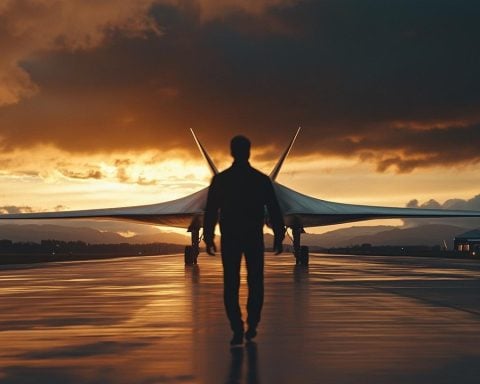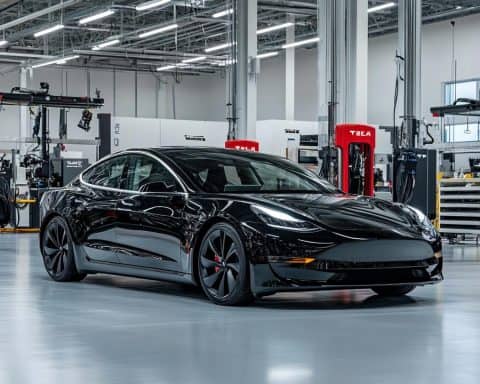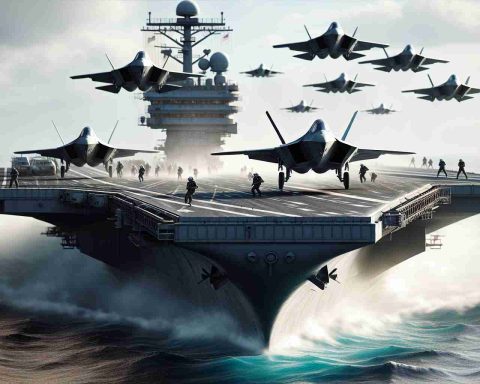The Lockheed C-130 Hercules is much more than just a military transport aircraft; it is a symbol of reliability and versatility. First flown in 1954 and entering service in 1956, the C-130 has proven itself across decades and continents, adapting to various operational roles beyond its initial design. This venerable aircraft, known for its exceptional performance and adaptability, continues to serve militaries and organisations worldwide.
Historical Introduction and Development
The C-130 Hercules was initially developed in response to a need for reliable troop and cargo transportation for the United States Air Force. During the Korean War, it became apparent that the existing fleet of transport aircraft lacked the needed capability to land on unprepared airstrips and carry significant payloads. The design process led to the creation of the C-130, which quickly became known for its robust four-engine turboprop system and its ability to operate in rugged environments.
Versatility and Adaptability
One of the key factors contributing to the C-130’s longevity is its extraordinary versatility. The aircraft can be modified for various missions, including airlift, aeromedical operations, airborne assault, search and rescue, scientific research support, weather reconnaissance, maritime surveillance, and even firefighting. Its ability to take off and land on unpaved runways, in extreme weather conditions, and in difficult terrains makes it indispensable for tactical airlifts and humanitarian missions alike.
Variants and Modern Enhancements
Since its inception, more than 40 different variants of the C-130 have been developed. From the original C-130A to the latest C-130J Super Hercules model, these aircraft have incorporated advancements in technology and design. The C-130J, for instance, features a digital avionics system, new engines, and other improvements that significantly enhance its speed, range, and payload capacity compared to earlier models. These enhancements ensure that the Hercules remains relevant and effective in modern military and civil operations.
Global Impact and Cultural Significance
The C-130 has left a considerable mark on global military operations. Over 70 countries operate the aircraft, utilising its capabilities to enhance their tactical advantage in combat as well as in peace-time operations. Its cultural significance extends into popular media as well, where the Hercules is often depicted as the go-to aircraft for missions that require reliability in adverse conditions.
Legacy and Future Prospects
As of today, the C-130 Hercules is regarded as one of the longest continuously produced military aircraft in history. The continuous upgrades and variations ensure that it remains a crucial component of strategic airpower. While new aircraft designs emerge, the Hercules retains its niche due to its unique features and proven track record. Its ability to adapt to new roles and technologies suggests that the C-130 will continue to be a workhorse for militaries around the world for years to come.
In conclusion, the Lockheed C-130 Hercules stands as a testament to aviation engineering, balancing time-tested design with modern innovation. Its ongoing global service record cements its place as not only a cornerstone of military logistics but also a beloved icon of aviation history.
The Timeless Legacy of the C-130 Aircraft: A Pillar of Aviation History
The C-130 Hercules aircraft is more than just a machine; it is a testament to human ingenuity, resilience, and innovation. Designed in the 1950s and still in operation today, this aircraft has proven its versatility and reliability countless times, affecting the lives of people, communities, and countries worldwide.
A Versatile Workhorse
Originally built for military purposes, the C-130 Hercules has become an indispensable asset across numerous sectors. Its unique design allows for diverse applications, from cargo transportation and aerial refuelling to humanitarian missions and firefighting. This versatility has cemented the C-130’s status as a vital component in both military and civilian operations.
Impact on Lives
The C-130 has played a critical role in humanitarian aid missions around the globe. Whether delivering food and medical supplies to remote regions or evacuating civilians from disaster zones, this aircraft has saved countless lives. Communities affected by natural disasters or political unrest have often seen the C-130 as a beacon of hope, bringing much-needed relief when it is most direly needed.
Economic and Community Benefits
Beyond saving lives, the C-130 also contributes significantly to local economies. Manufacturing and maintaining these aircraft provide jobs and stimulate economic growth in various regions. This effect is particularly pronounced in communities surrounding manufacturing plants, where high-skilled jobs are essential to their economic health.
Controversies and Challenges
Despite its laudable service history, the C-130 has not been without controversy. Discussions often arise around the cost of maintaining aging fleets versus procuring newer models. Defence budgets are scrutinised, with critics arguing that modern alternatives could potentially offer improved efficiency and capabilities. Additionally, its use in military operations, particularly those in contentious areas, continues to provoke debate over ethical and geopolitical implications.
Furthermore, the environmental impact of older C-130 models is an ongoing concern, as older engines emit higher levels of pollutants than newer, more eco-friendly designs. This aspect has fuelled discussions about upgrading existing fleets to reduce carbon footprints while maintaining operational capacity.
Enduring Influence
The C-130’s enduring legacy is a testament to its robust design and adaptability. Despite the controversies and challenges, the aircraft’s contribution to global security, humanitarian aid, and economic development remains invaluable. This enduring legacy reflects the C-130’s place not only in aviation history but in the broader narrative of technological progress and its impact on human society.
For more information about the C-130 Hercules and its influence, you can explore resources provided by Lockheed Martin and U.S. Air Force. These platforms offer comprehensive insights into both the historical and contemporary roles played by this remarkable aircraft.



















